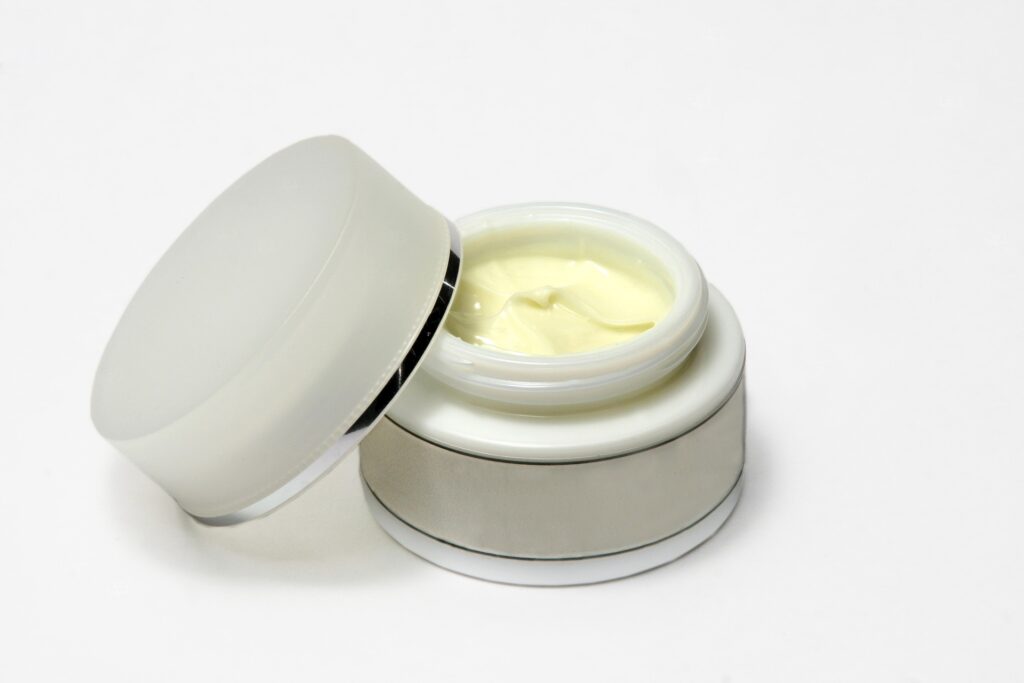
Why is impetigo not healing with antibiotics? Impetigo, also known as ecthyma, is a skin infection caused by a type of bacterium. It is common and is transmitted by direct contact with other people or through contaminated objects.
If it is not treated it can spread to other areas of the body. If impetigo is not healing with antibiotics, it can be due to a resistance to a certain kind of antibiotics.
A red rash with small fluid-filled blisters
The rash is usually a red rash with small fluid-filled blisters. After a few days the rash may be covered with a honey-colored crust. This crust is the result of the pus that has formed in the blisters.
If you are experiencing impetigo, you should see your doctor as soon as possible. He can help determine how to treat the infection and make sure it heals. If impetigo is not healing with antibiotics, it may be time to contact your doctor again.
Your doctor may prescribe antibiotics to treat the sores. A doctor can use oral or topical antibiotics. They work by speeding up the healing process.
You should apply the ointment or cream on the sores three or four times a day. Make sure you do not scratch the sores. Scratching causes bacteria to multiply and may spread the infection.
Avoid contact with other children, and wash your hands frequently. If you cough, cover your nose and mouth.
Soapy warm water can help to remove the crust. Use a clean cloth to dry the area. Until the sores heal, avoid sharing towels or linens.
If your symptoms are getting worse, you should see your doctor. He may need to swab the area and culture the bacteria. These tests can reveal the germ’s resistance to certain antibiotics.
What causes impetigo in adults?
Impetigo is a skin condition that can cause a rash that resembles blisters. It is caused by staph bacteria, which can grow on the skin’s outer layer, the stratum corneum.
Symptoms include itchy red and painful blisters. They may appear anywhere on the body. The skin rash typically appears after four to ten days.
Although impetigo in adults is not very serious, it can be uncomfortable and unpleasant. You should wash the affected area and other areas regularly to prevent spreading the infection. Also, keep your fingernails short, as scratching can lead to a worse infection.
Antibiotics are a common treatment for impetigo. There are several types, including creams, pills, and syrups. Make sure you finish the entire course of antibiotics.
If the impetigo is severe, you might have to get oral antibiotics. These can work faster than topical antibiotics, but they may also cause side effects. However, they are usually effective.
If you do not have a prescription for an antibiotic, you can buy an over-the-counter product that contains ozenoxacin (Xepi). Apply it three to four times a day. Rinse off the ointment with clean water and pat the area dry.
If the impetigo is caused by staph, you may need to take antibiotics by mouth. Oral antibiotics include amoxicillin, erythromycin, and clindamycin.
You should also cover any open skin wounds with a protective bandage. Covering the wound can prevent the infection from spreading.
It is important to finish the prescribed course of antibiotics and wash your hands regularly. When you touch the infected area, you should wear gloves.
Can stress cause impetigo in adults?
Impetigo is a highly contagious skin infection that causes red bumps and blisters to appear on your skin. It tends to spread easily, especially in crowded places. Symptoms usually begin in the face and mouth. However, impetigo can also occur on other parts of the body.
During an outbreak, you may notice sores on your arms, legs, head, and chest. You may also experience swollen lymph nodes near the rash. The rash may be slightly painful. Normally, impetigo does not leave scars.
If you have impetigo, your symptoms can last for a few days. This bacterial skin infection can sometimes be treated with an antibiotic, but it is still important to avoid scratching or touching the wound.

Impetigo is caused by Staphylococcus aureus, or “staph” bacteria. Most impetigo is caused by this type of bacteria, but you can also get it from other skin infections. These bacteria can be found in your genitals, on your hands, and even in your nose.
Although impetigo is very common in young children, adults can also develop it. Adults who are athletes and play contact sports have a higher risk of getting impetigo. Also, people who live in hot climates are at an increased risk of getting it.
Stress can make you more susceptible to impetigo. To help reduce stress, try yoga, meditation, and cognitive behavioral therapy. Make sure you eat foods that are rich in omega-3 fatty acids. Eat a diet that is low in animal-based proteins.
How to prevent impetigo – antibiotic cream for impetigo
Symptoms of impetigo include red bumps on the skin that may contain pus. The sores can ooze for a few days before turning into crusty scabs. Impetigo is an easily treatable condition. It often clears up within a week or so, and can be prevented by taking simple steps.
The first thing you can do is cover the sores with a bandage. This will help prevent the sores from spreading. If you have a child who is prone to impetigo, you can also have them wear cotton socks and mittens at night.
A warm, soapy washcloth can also help to loosen the crusts. You can also apply antibiotic cream to the affected areas to keep the infection from spreading.
Oral antibiotics can also be prescribed for impetigo. These are useful for treating small localized infections, but they do not improve recovery. In fact, they can lead to regional lymphadenitis.
Mupirocin is a prescription antibiotic cream that can be used to treat impetigo. When applied directly to the sores, it can kill the bacteria. The cream can be applied for up to 48 hours.
Impetigo is a common bacterial skin infection. It is most common in children, and can be contagious. To prevent it from spreading, you should clean your hands and clothes after using the bathroom. Also, when you cough, sneeze, or touch your sores, you should cover your mouth and nose. It is not uncommon for people to contract impetigo more than once. However, the risk is relatively low.
If you liked the article, please donate!
